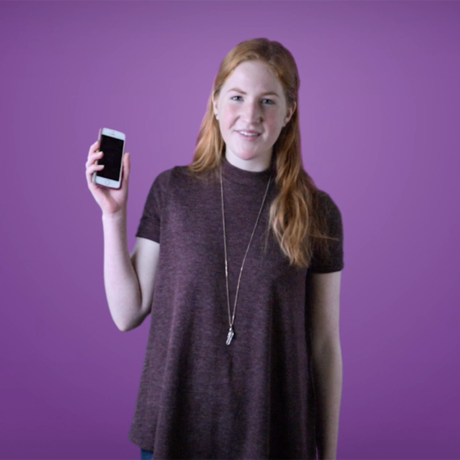Grade level: 6-10
Length: 2.5 minutes
NGSS Disciplinary Core Ideas: MS-ESS3.C
In this video, we'll investigate how digital data use consumes energy. Below are discussion questions you can use in the classroom in conjunction with this video to get your students thinking critically about their own digital energy footprints.

